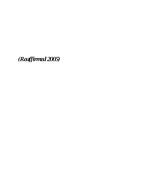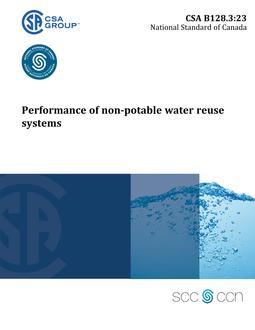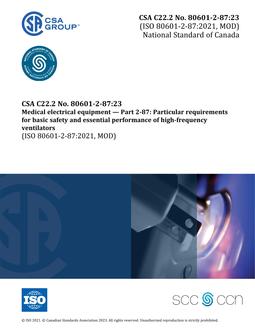
CSA C22.2 NO. 198.3-95 (R2005)
Click here to purchase
1. Scope
1.1
The requirements of this Standard apply to Grades A and B acrylic-polymer-coated, silicone-polymer-coated, or vinyl- polymer-coated electrical sleeving that consists of closely woven fabric made from glass and intended for use in equipment designed to be installed and used in accordance with the rules of th e Canadian Electrical Code, Part I (CEC), or the ANSI/NFPA 70 National Electrical Code (NEC). A product may be acceptable for use at temperatures greater than indicated in paragraph 1.4 provided that
(a) it meets the performance tests in this Standard; and
(b) long-term heat-aging tests are conducted as covered in UL 746B or C22.2 No. 0.17, using dielectric strength as a primary property and flammability as a secondary property.
1.2
A different polymer coating or fiber may be acceptable provided that
(a) it meets the performance tests in this Standard; and
(b) long-term heat-aging tests are conducted as covered in UL 746B or C22.2 No. 0.17, using dielectric strength as a primary property and flammability as a secondary property.
1.3
These requirements apply to coated electrical sleeving having a standard temperature index classification of 105, 130, 155, 180, 200, 220, and 240?C.
1.4
These requirements apply to coated electrical sleeving intended for use in connection with the internal wiring of electrical devices and appliances located in dry or damp lo cations where it is not feasible to employ a standard insulated conductor, such as appliance-wiring material, specifically intended for the purpose. Coated electrical sleeving is intended for insulating one or more uninsulated or partially insulated conductors, bus bars, component leads, or assemblies of electrical components. Coated electrical sleeving may be employed in equipment where it is not subjected to repeated flexing or severe mechanical stress.
1.5
These requirements apply to oil-resistant coated electrical sleeving intended for occasional or intermittent contact with oil.
1.6
These requirements do not apply to unimpregnated or uncoated fabric sleeving, which is generally not considered acceptable for sole (functional) insulation because of the openings inherent in the weave construction of the sleeving fabric. These types of sleeving are primarily intended for cable binding, bundling, routing of fully insulated wires, or as mechanical reinforcement.
1.7
These requirements do not apply to tubing extruded with reinforcement, extruded electrical tubing, or tubing intended only for mechanical protection, since they are covered by other requirements.
1.8
These requirements do not apply to coated electrical sleeving when it is employed as splice insulation in a system above Class 105(A) operation.
1.9
A product that contains features, characteristics, components, materials, or systems new or different from those in use when this Standard was developed, and that involves a risk of fire, electric shock, or injury to persons shall be evaluated using the appropriate additional component and end-product requirements as determined necessary to maintain the level of saf ety for the user of the product as originally anticipated by the intent of this Standard.
Product Details
- Published:
- 02/11/2000
- Number of Pages:
- 40
- File Size:
- 1 file , 460 KB


